What Is Chickling Vetch – Growing Chickling Vetch For Nitrogen Fixing
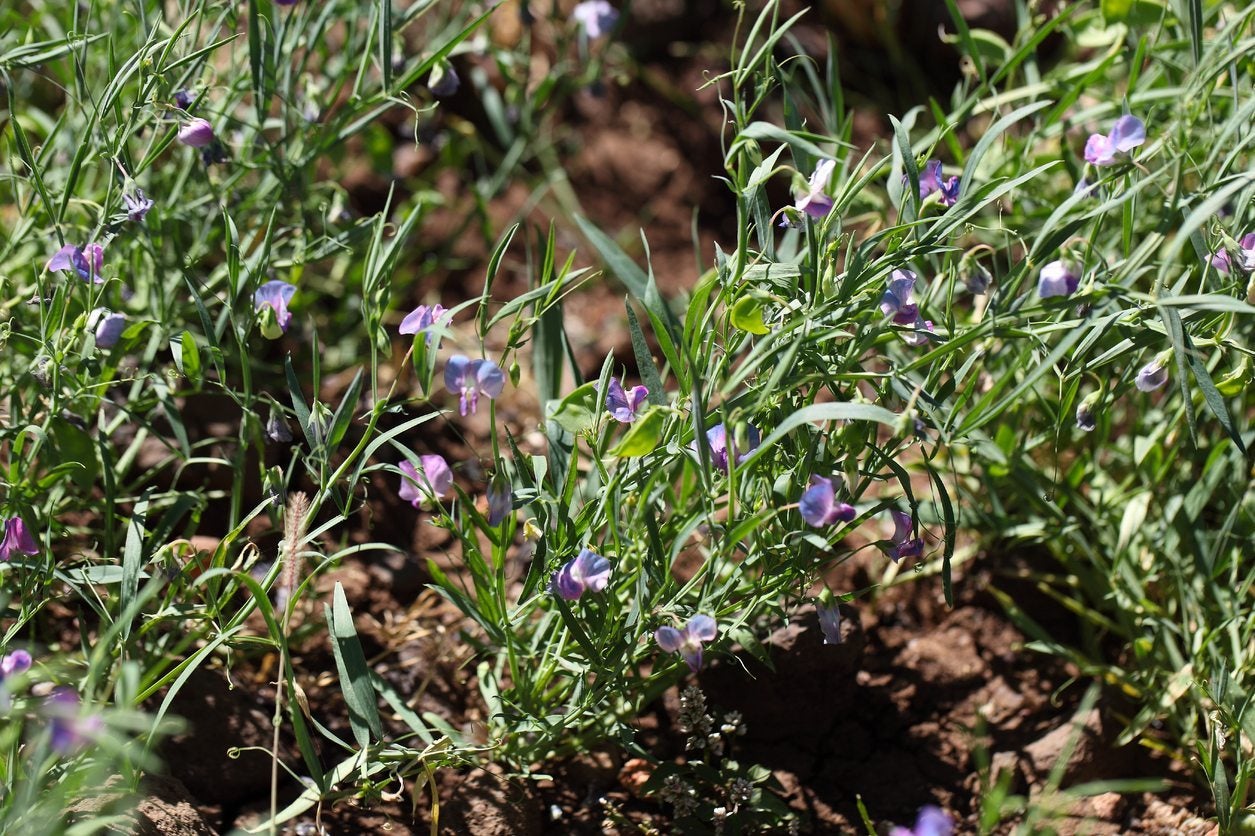

What is chickling vetch? Also known by various names such as grass pea, white vetch, blue sweet pea, Indian vetch, or Indian pea, chickling vetch (Lathyrus sativus) is a nutritious legume grown to feed livestock and humans in countries around the world.
Grass Pea Information
Chickling vetch is a relatively drought-tolerant plant that grows reliably when most other crops fail. For this reason, it is an important source of nutrition in food-plagued areas. Agriculturally, chickling vetch is often used as a cover crop or green manure. It is effective as a summer crop, but can overwinter in mild climates after fall planting. Chickling vetch has ornamental value as well, producing white, purple, pink, and blue blooms in midsummer, often on the same plant. Planting chickling vetch for nitrogen is also common. Chickling vetch fixes a tremendous amount of nitrogen in the soil, importing as much as 60 to 80 pounds (27 to 36.5 kg.) of nitrogen per acre (4047 sq. m.) when the plant grown for at least 60 days. It also provides a huge amount of beneficial organic matter that can be composted or plowed back into the soil after flowering. The creeping vines and long roots provide excellent erosion control.
How to Grow Chickline Vetch
Growing chickling vetch is an easy endeavor with just a few guidelines to follow. Chickling vetch is suitable for growing in average temperatures of 50 to 80 F. (10 to 25 C.). Although chickling vetch adapts to nearly any well-drained soil, full sunlight is a necessity. Plant chickling vetch seeds at a rate of 2 pounds (1 kg.) per 1,500 square feet (140 sq. m.), then cover them with ¼ to ½ inch (0.5 to 1.25 cm.) of soil. Although chickling vetch is drought tolerant, it benefits from occasional irrigation in hot, arid climates.
Note on Toxicity of Chickling Vetch Seeds
Immature chickling vetch seeds can be eaten much like garden peas, but they are toxic. Although the seeds are harmless in small quantities, eating large amounts on a regular basis may cause brain damage in children and paralysis below the knees in adults.
Gardening tips, videos, info and more delivered right to your inbox!
Sign up for the Gardening Know How newsletter today and receive a free copy of our e-book "How to Grow Delicious Tomatoes".

A Credentialed Garden Writer, Mary H. Dyer was with Gardening Know How in the very beginning, publishing articles as early as 2007.
-
 Get Ready For A Summer Of Hummers! Grow These Full Sun Hummingbird Plants and Flowers
Get Ready For A Summer Of Hummers! Grow These Full Sun Hummingbird Plants and FlowersIf you’re lucky enough to enjoy a sunny backyard, make sure you are maxing out on your pollinator opportunities and grow these full sun hummingbird plants and flowers
By Tonya Barnett
-
 12 Lush Alternatives To A Lawn For Sustainable Spaces
12 Lush Alternatives To A Lawn For Sustainable SpacesAlternatives to a lawn are beautiful and also beneficial to your local ecosystem and its pollinators. Explore our top picks for plants to replace grass.
By Tonya Barnett
-
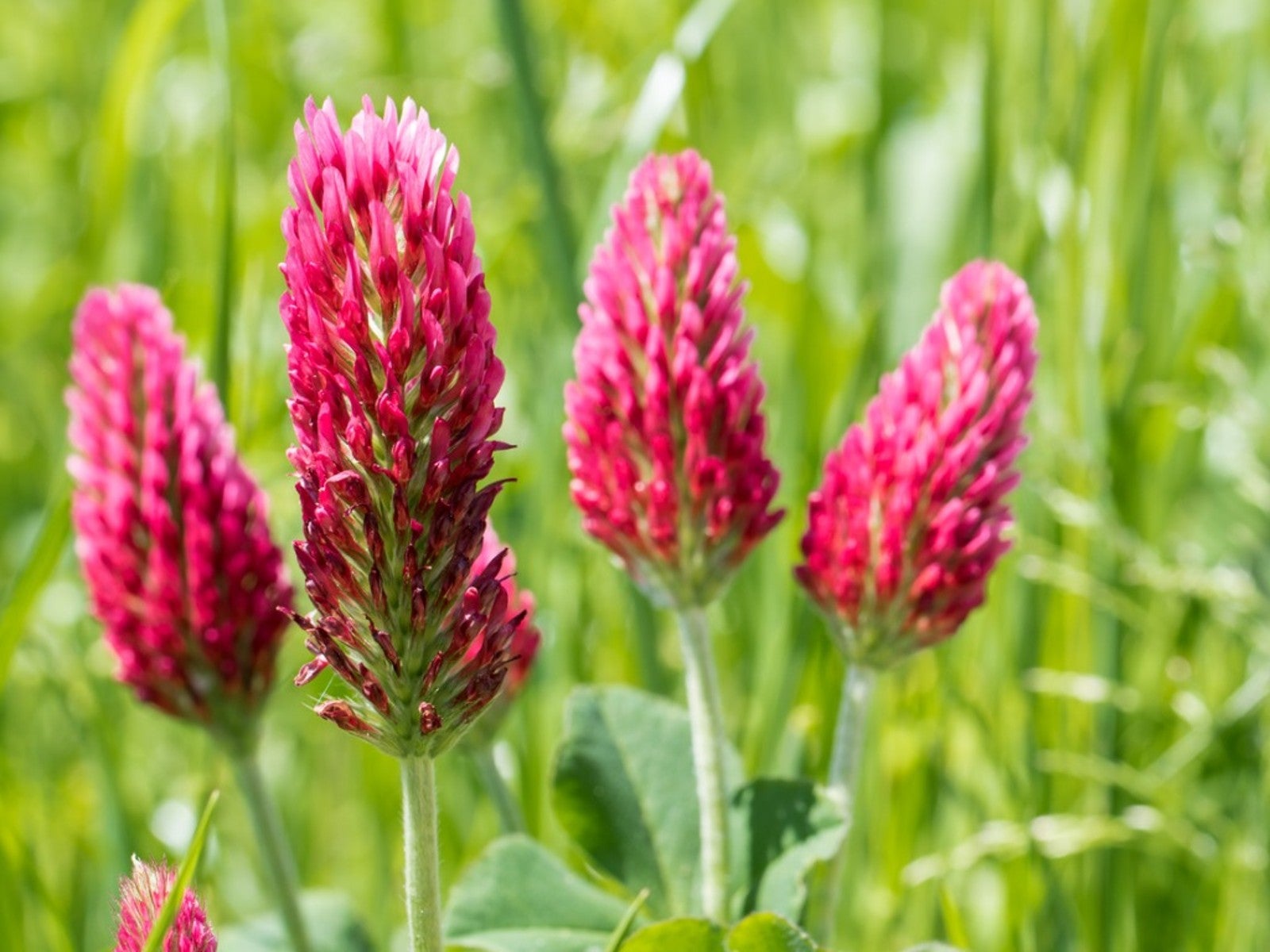 Best Late Summer And Early Fall Cover Crops
Best Late Summer And Early Fall Cover CropsPlanting cover crops is a gift you can give to your garden’s soil. Read on to learn about planting cover crops in late summer.
By Bonnie L. Grant
-
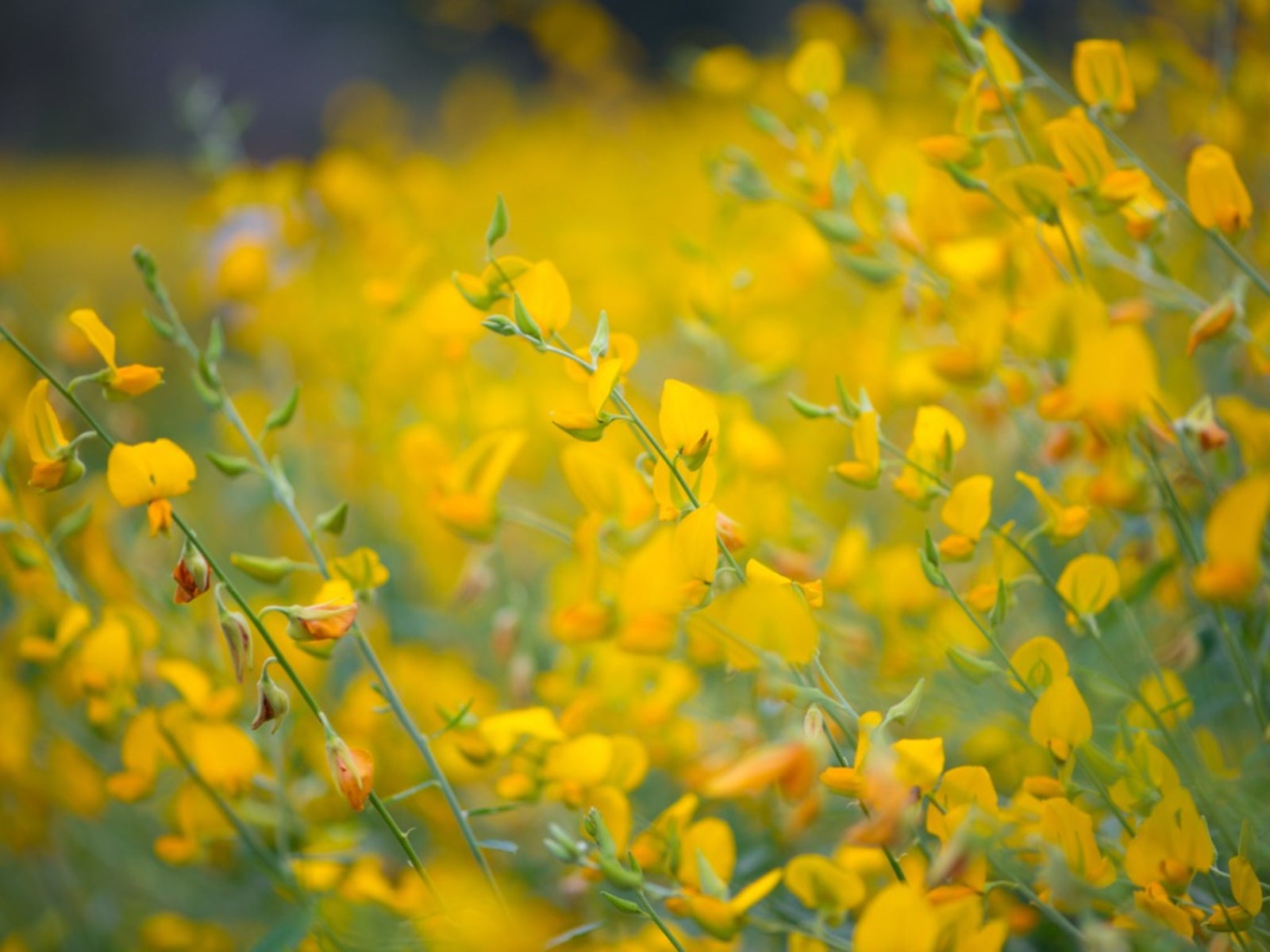 Sunn Hemp Plant Info – Learn Sunn Hemp Uses And Care
Sunn Hemp Plant Info – Learn Sunn Hemp Uses And CareSunn hemp grass is a warm weather grass. Click to learn more about Sunn hemp uses as well as helpful tips on growing Sunn hemp as a cover crop.
By Mary H. Dyer
-
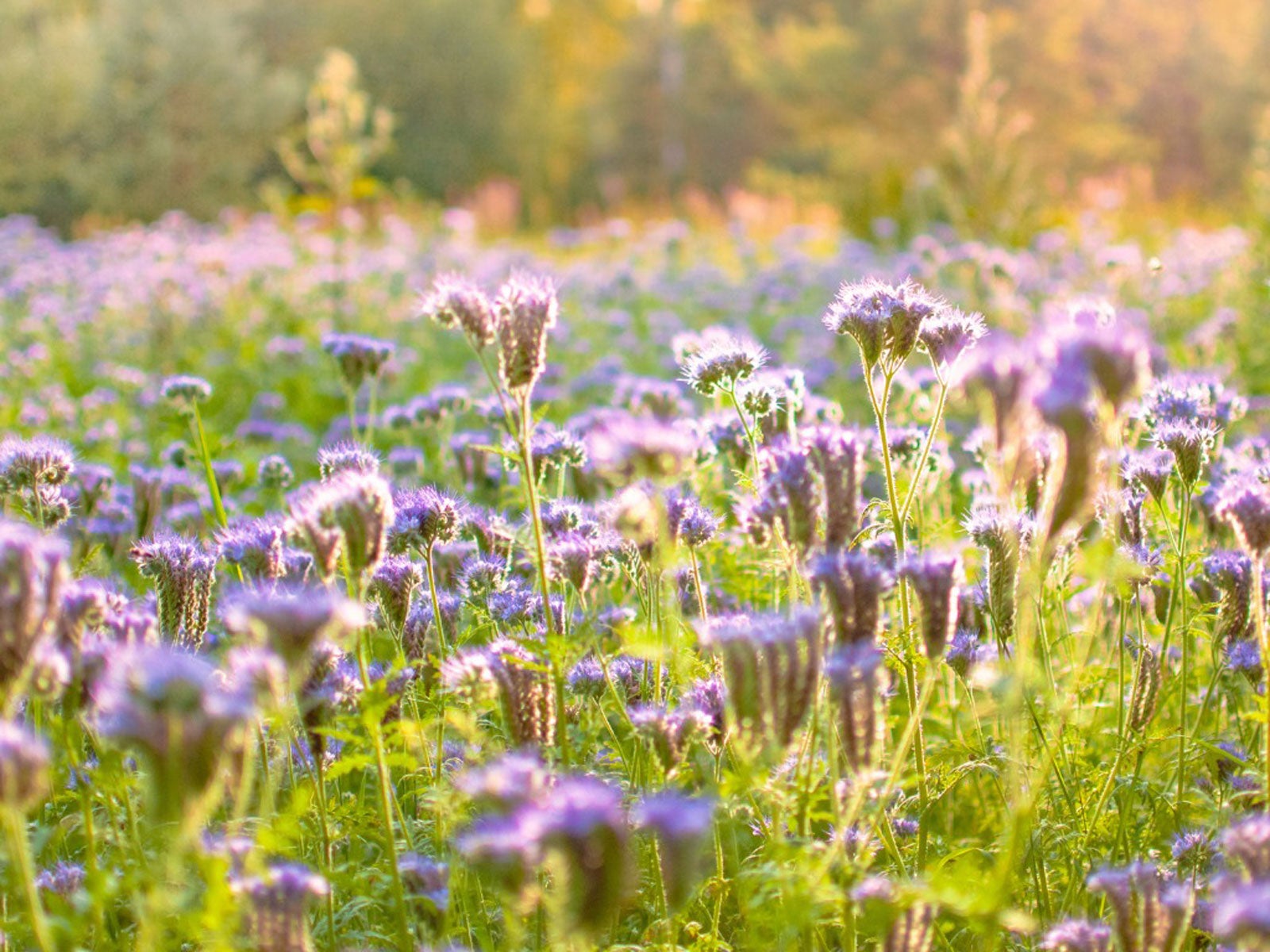 Native Cover Crops: Vegetable Cover Cropping With Native Plants
Native Cover Crops: Vegetable Cover Cropping With Native PlantsAre there any benefits to using native plants as cover crops? Click here to learn more about vegetable cover cropping with native plants.
By Laura Miller
-
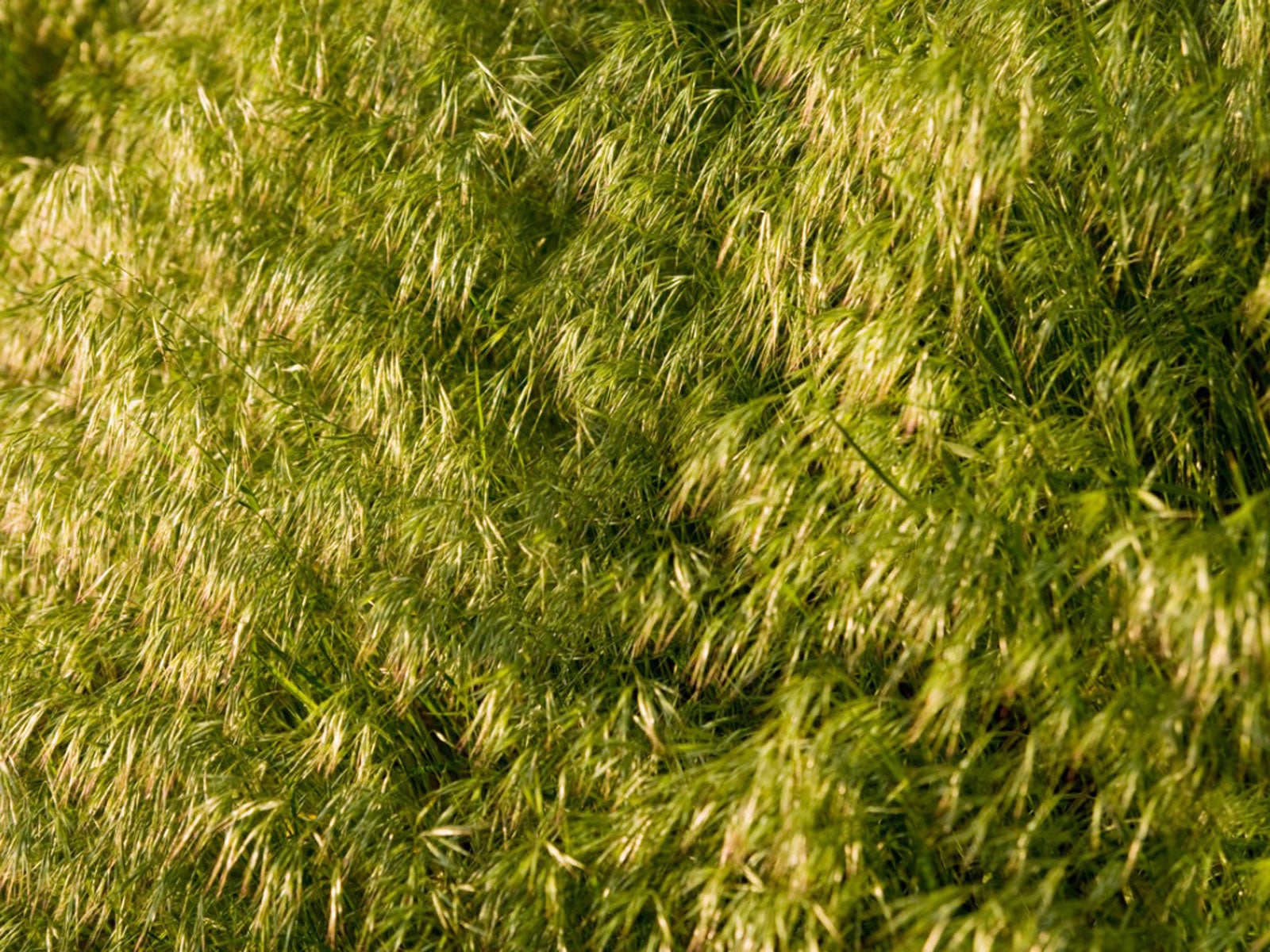 What Is Field Brome – Information About Field Brome Grass
What Is Field Brome – Information About Field Brome GrassField brome grass can be used as a cover crop to control erosion and enrich the soil. For more information, click the following article.
By Laura Miller
-
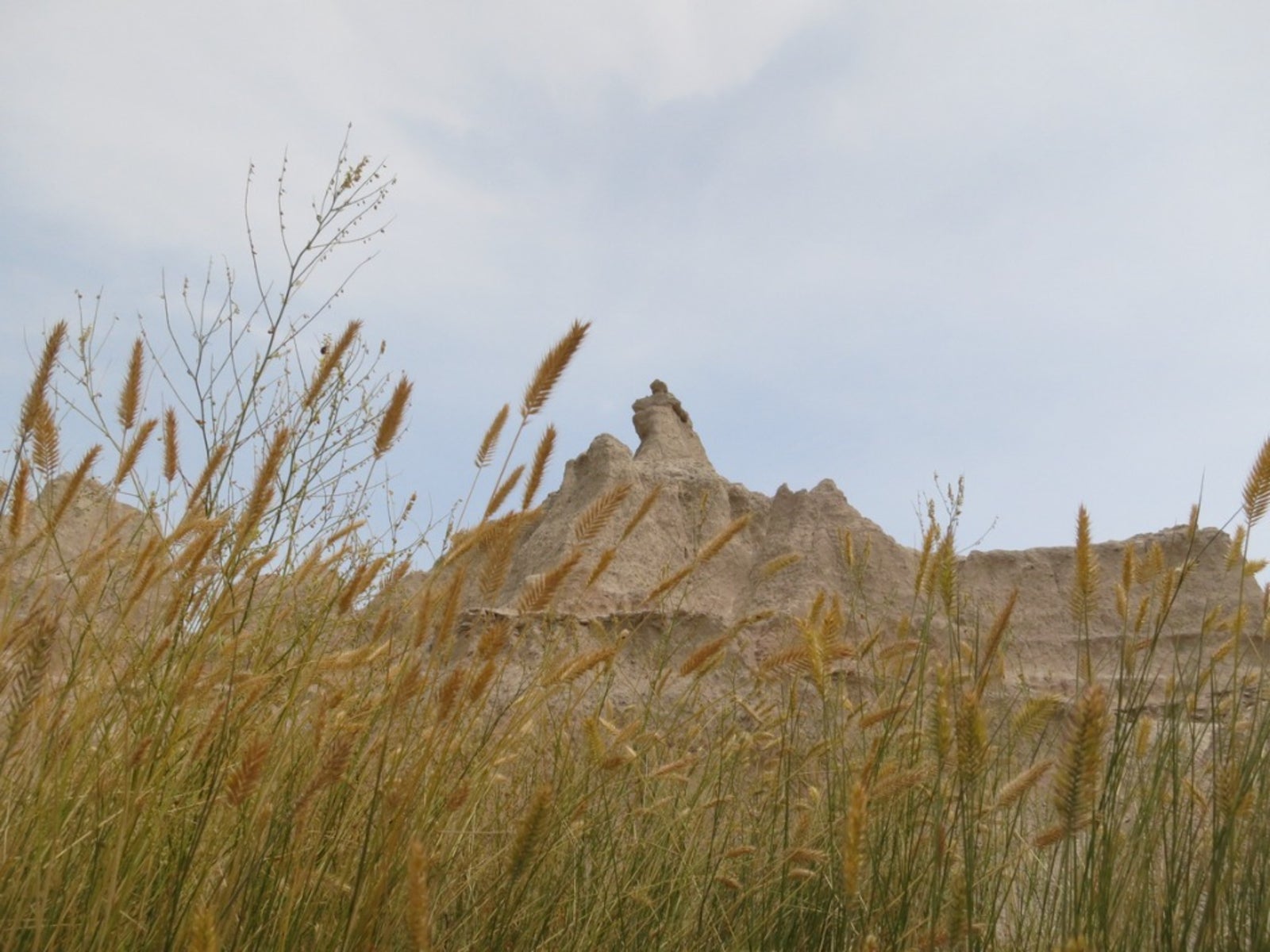 What Is Western Wheatgrass – How To Grow Western Wheatgrass
What Is Western Wheatgrass – How To Grow Western WheatgrassWheatgrass is native to North America and graces the Southwest, Great Plains and mountainous regions of the western U.S. It has some erosion control benefits but using western wheatgrass for grazing is the primary purpose. Learn more about it here.
By Bonnie L. Grant
-
Establishing Kura Clover: Learn How To Grow Kura Clover Plants
You no doubt have heard about the four-leaf clover, but few gardeners are familiar with kura clover plants. Kura is a forage legume and if you are interested in growing kura as a groundcover or establishing kura clover for some other use, this article will help.
By Teo Spengler
-
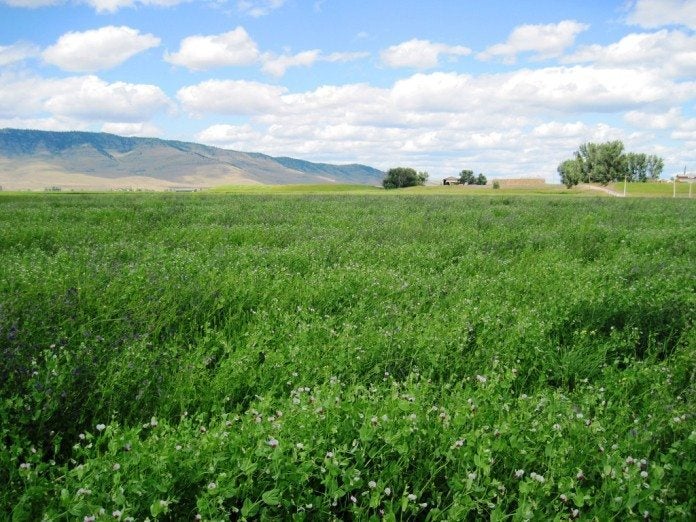 What Are Austrian Winter Peas: A Guide To Growing Austrian Winter Peas
What Are Austrian Winter Peas: A Guide To Growing Austrian Winter PeasWhat are Austrian winter peas? Also known as field peas, Austrian winter peas have been grown around the world for centuries, primarily as a valuable source of nutrition for humans and livestock. Click this article for info on growing Austrian winter peas.
By Mary H. Dyer
-
 Berseem Clover Plants: Growing Berseem Clover As A Cover Crop
Berseem Clover Plants: Growing Berseem Clover As A Cover CropBerseem clover cover crops provide excellent nitrogen in soil. The plants are also quite attractive in bloom when used as an annual groundcover. Learn how to grow berseem clover and harness all its benefits in your garden by clicking the following article.
By Bonnie L. Grant